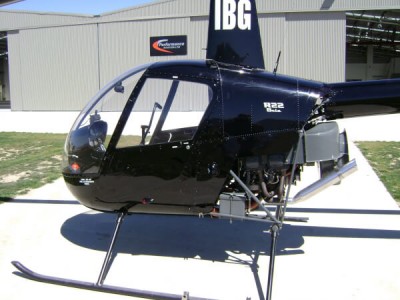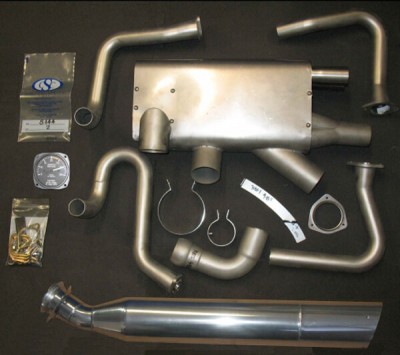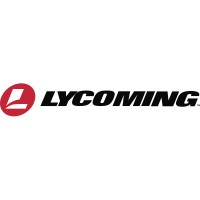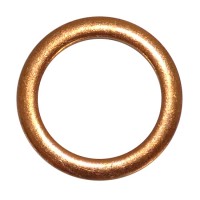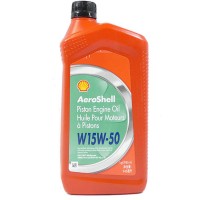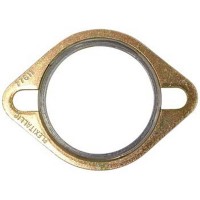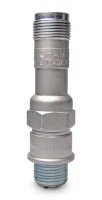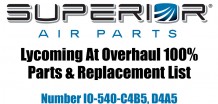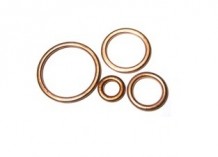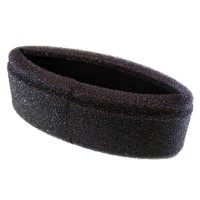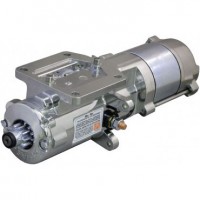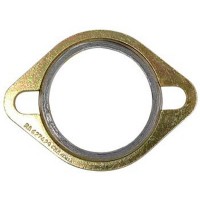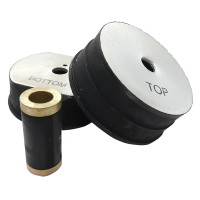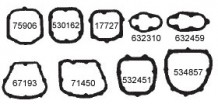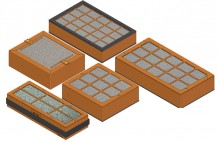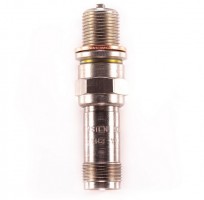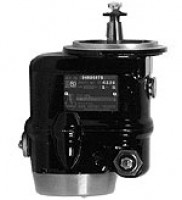THE AVIATION SUPERSTORE FOR ALL YOUR AIRCRAFT & PILOT NEEDS | +61 (1800) 953522
Power Flow Exhaust System For Robinson R22
$8460.00/Each
Add to cart for current price
Add to cart for current price
Price Includes GST
+$820 Core Exchange Charge
Part# 08-15965
MFR Model# PSF-17101
MFR Model# PSF-17101
Overview
|
R22 Tuned Exhaust Kit for R22, R22 Alpha, R22 Mariner, R22 Beta with 320-B2C engine and large oil cooler. FAA approved by STC. This system is delivered to you as a complete replacement of your factory exhaust system from the cylinders on down to the muffler (which is located in the tailpipe). It includes everything needed for installation, including a replacement Manifold Pressure Gage with Beta II limitations marked on it. The exhaust system features all new carburetor heat and cabin heating that uses your existing connections and all necessary exhaust hardware. Estimated installation time is 2-3 hours. How can just changing the exhaust give you a tremendous boost in power and efficiency? The answer is simple. Installing a Power Flow tuned exhaust provides the same performance benefits as upgrading to a Beta II, at a fraction of the cost. It is true bolt-on horsepower for your O-320 powered Robinson R22 Alpha or Beta. You simply remove your old, restrictive factory exhaust system and bolt-on a Power Flow for instant results you can see, feel, and hear. You then operate your helicopter to the Beta II engine performance limitations. The same technology that has been used in race cars, motorcycles, and over 4,300 certified aircraft currently equipped with Power Flow’s Tuned Exhaust System is now available for your O-320 powered R22 helicopter. Would you like to cruise up to 8 knots faster at the same manifold pressure? Or how about 200 – 300 foot per minute increase in climb? You can even lower fuel burn by up to 15% at your current airspeed. Unlike the factory exhaust, the Power Flow exhaust system does not require mandatory replacement at 2200 hours. This Tuned Exhaust System is designed to use the exhaust gases from each cylinder to help empty the other cylinders, rather than having those exhaust pulses interfere with each other. The factory exhaust system is a very simple design with two exhaust headers entering a central muffler chamber from each side with no separation of the exhaust pulses. The pulses enter the chamber with no particular path to follow. Some leave through the tailpipe, some stay in the muffler (creating back pressure) and some even go back up the other header pipes causing further back pressure. The system specifically times each exhaust pulse to create a low pressure (suction) at the cylinder’s exhaust valve when the valve is ready to open. This empties the cylinder more completely allowing for more power to be generated. The exhaust gases then exit the tailpipe without interference from the other cylinders. |
Benefits
- 200 - 300 Foot Per Minute Increase in Climb Rate
- Cruise up to 8 Knots Faster at current manifold pressure
- Burn up to 15% Less Fuel at current airspeeds
- No 2200 Hour Time Limitation on our Tuned Exhaust
- Hover with Lower Manifold Pressure, operate to Beta II Limits with your Alpha or Beta
- Cylinder Head Temperature (CHT) extremes reduced between cylinders and overall temperatures reduced
- Exhaust Gas Temperature (EGT) extremes reduced between cylinders
- Smoother running engine
- Kit includes a complete 321 Stainless Steel Exhaust System, i.e... 4 headers, cabin heat shroud, carburetor heat, extractor system, muffler (located inside the tailpipe), STC and STC authorization, manifold pressure gauge, instructions, including all necessary hardware for installation (nuts, No-blo gaskets, clamps, etc.)
- New & Improved design for Cabin heat and Carb heat exchangers
- No welds in cabin heat area practically eliminating the possibility of Carbon Monoxide poisoning
- 2 year or 500 tach hour (whichever comes first) warranty on the exhaust system
Q&A
Please note, Aircraft Spruce Australia's personnel are not certified aircraft mechanics and can only provide general support and ideas, which should not be relied upon or implemented in lieu of consulting an A&P or other qualified technician. Aircraft Spruce Australia assumes no responsibility or liability for any issue or problem which may arise from any repair, modification or other work done from this knowledge base. Any product eligibility information provided here is based on general application guides and we recommend always referring to your specific aircraft parts manual, the parts manufacturer or consulting with a qualified mechanic.

 Aircraft Spruce Australia
Aircraft Spruce Australia
